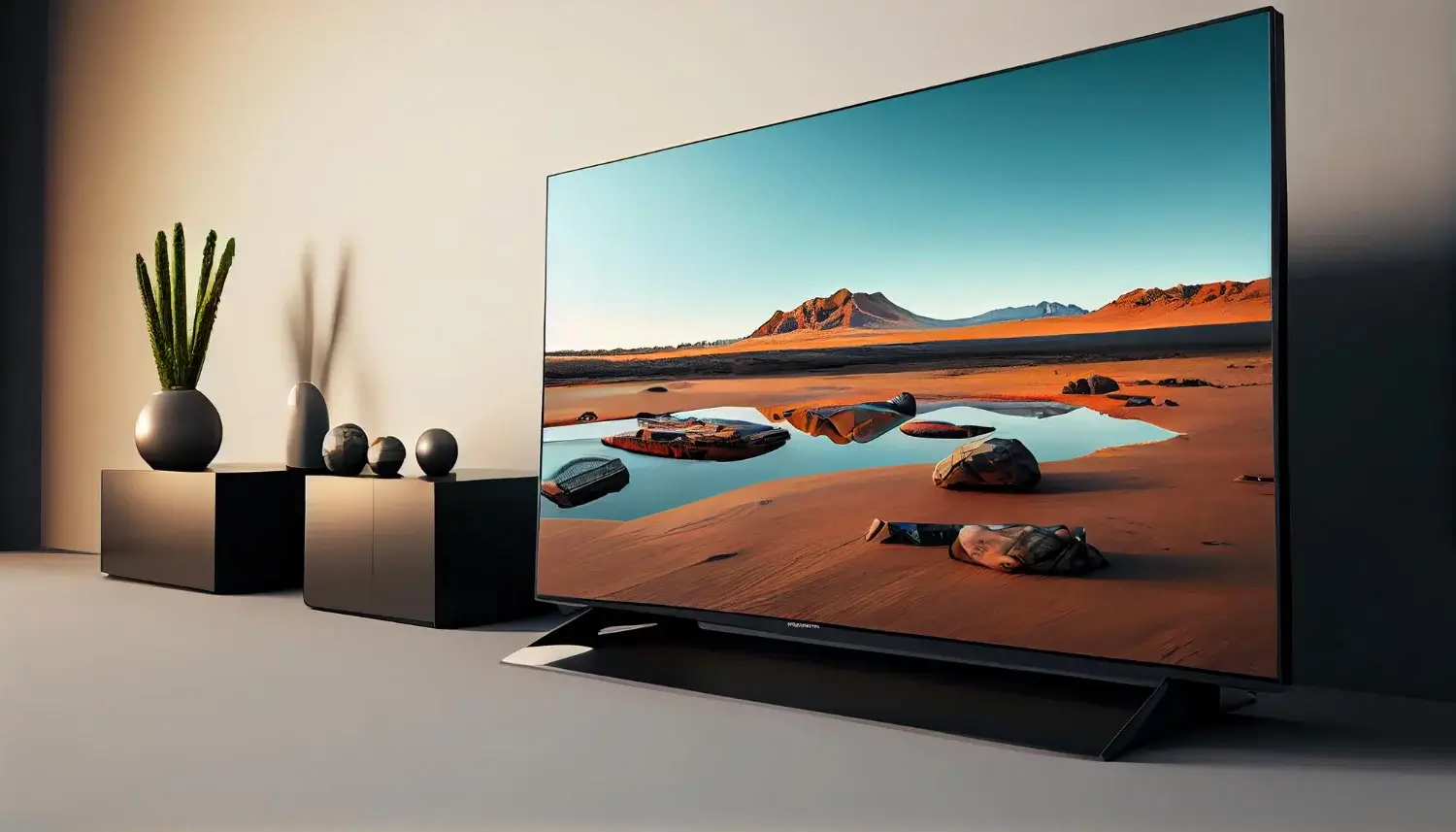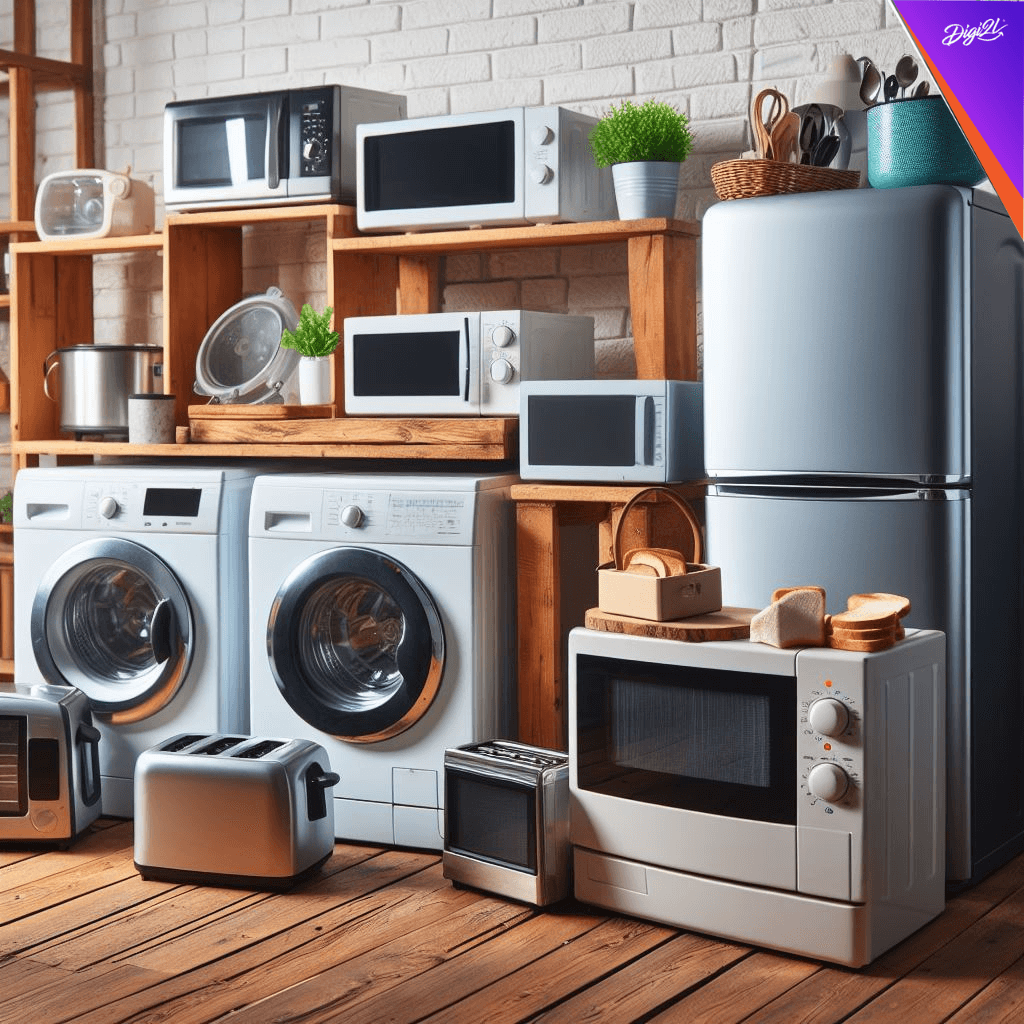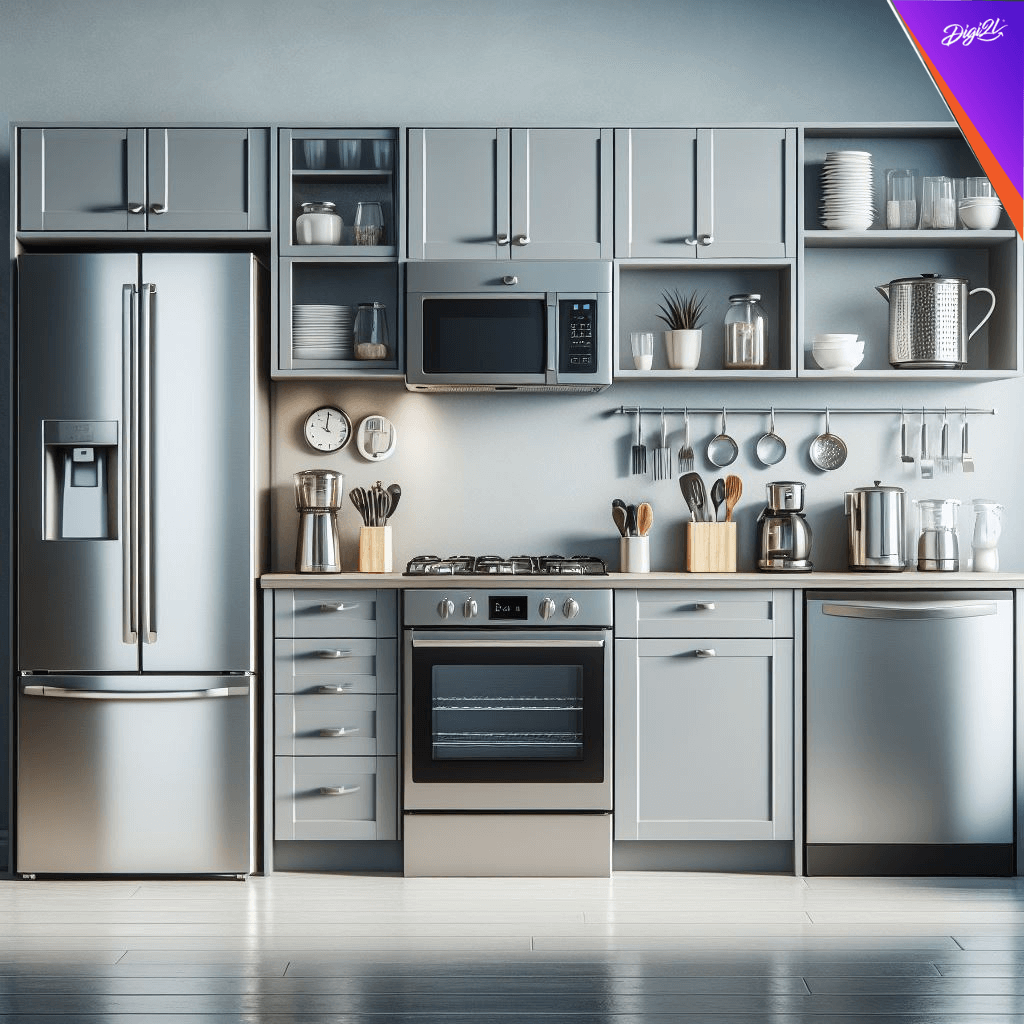
Please Wait ...

Please Wait ...
Enquiry






Curently We are Not Serviceable In this Pincode
91 Springboard, Business Hub, Godrej & Boyce, Gate No. 2, LBS Marg, Vikhroli West, Mumbai, 400079
91 Springboard, Business Hub, Godrej & Boyce, Gate No. 2, LBS Marg, Vikhroli West, Mumbai, 400079
91 Springboard, Business Hub, Godrej & Boyce, Gate No. 2, LBS Marg, Vikhroli West, Mumbai, 400079
91 Springboard, Business Hub, Godrej & Boyce, Gate No. 2, LBS Marg, Vikhroli West, Mumbai, 400079
91 Springboard, Business Hub, Godrej & Boyce, Gate No. 2, LBS Marg, Vikhroli West, Mumbai, 400079
91 Springboard, Business Hub, Godrej & Boyce, Gate No. 2, LBS Marg, Vikhroli West, Mumbai, 400079
91 Springboard, Business Hub, Godrej & Boyce, Gate No. 2, LBS Marg, Vikhroli West, Mumbai, 400079
91 Springboard, Business Hub, Godrej & Boyce, Gate No. 2, LBS Marg, Vikhroli West, Mumbai, 400079
91 Springboard, Business Hub, Godrej & Boyce, Gate No. 2, LBS Marg, Vikhroli West, Mumbai, 400079
Min
Max
₹5,000
₹45,000
Suggested Price







Blogs> Old vs New Televisions: Weighing the Pros and Cons

Television technology has evolved significantly since the introduction of the first black-and-white models in the 1920s. Today, consumers have access to a wide range of televisions, each offering distinct features, sizes, and technologies. When deciding between old and new television models, it’s essential to weigh the advantages and disadvantages of each option. Old televisions, particularly those with cathode ray tube (CRT) technology, offer certain benefits that appeal to specific consumers. One of the most notable advantages is durability. Older CRT TVs were built to last and could withstand considerable wear and tear, making them a reliable choice for many households. Additionally, these models are often available at lower prices than newer counterparts, making them accessible to budget-conscious consumers. Their simplicity in operation, with fewer features and settings, also appeals to those seeking a straightforward viewing experience. However, despite their durability and affordability, old televisions have notable drawbacks. They lack many modern features, such as high-definition displays and smart capabilities, which can limit the viewing experience. Their limited size options and poorer image quality may also be unsuitable for larger rooms or discerning viewers. In contrast, new televisions offer cutting-edge technology and a host of advanced features that enhance the viewing experience. With options for high-definition and ultra-high-definition displays, modern TVs provide superior picture quality with greater detail and clarity. Smart capabilities, including built-in Wi-Fi and access to streaming services, offer convenience and versatility, allowing users to access a wide range of content without additional devices. Moreover, newer models come in larger screen sizes, catering to consumers seeking a cinematic experience at home. However, these benefits come at a cost, as new televisions tend to be more expensive than older models. Additionally, they may be more fragile and prone to damage, requiring careful handling. The multitude of features and settings can also make them more complicated to operate, potentially posing a challenge for some users. Ultimately, the decision between old and new televisions depends on individual preferences, needs, and budget considerations. While old televisions offer durability and affordability, they may lack the advanced features and high-quality picture of modern models. New televisions, on the other hand, provide an immersive viewing experience with smart capabilities and superior picture quality, albeit at a higher cost. By carefully evaluating the pros and cons of each option, consumers can make an informed decision that aligns with their preferences and requirements.
Television technology has come a long way since the first black-and-white models hit the market in the 1920s. Today, there is a wide range of televisions available with different features, sizes, and technologies. While newer models have many benefits, there are also some advantages to sticking with an older TV. In this blog, we will explore the pros and cons of old vs new television technology.
Old Televisions
Pros:
Durability: Older CRT (cathode ray tube) televisions were built to last and could withstand a lot of wear and tear.
Lower Cost: Older models are often available for much lower prices than their newer counterparts, making them a good option for those on a budget.
Simplicity: Older models are generally simpler to operate and have fewer features, which can be a benefit for those who prefer a more straightforward viewing experience.
Cons:
Limited Features: Older models lack many of the features that are now standard on newer TVs, such as smart capabilities and high definition.
Limited Size: CRT televisions were limited in size due to the technology, which means they are not suitable for larger rooms or spaces.
Poor Image Quality: Older models have lower resolution and poor image quality compared to modern televisions, which can make them difficult to watch.
New Televisions
Pros:
High-Quality Picture: Newer models offer high definition and ultra-high definition, which provides a better viewing experience with greater detail and clarity.
Smart Capabilities: Modern televisions often have built-in Wi-Fi and access to streaming services, making it easier to access content without the need for additional devices.
Large Screen Sizes: Modern technology allows for larger screen sizes, which is great for those who want a cinematic experience in their home.
Cons:
Expensive: Newer models are often more expensive than older ones, which can make them less accessible to some consumers.
Fragility: Modern televisions are generally more fragile and prone to damage than older models, which means they may need to be handled with greater care.
Complicated: Newer models often come with a variety of features and settings, which can make them more complicated to operate than older models.
The decision between an old or new television will depend on your preferences, needs, and budget. Older models may be more durable and simpler to operate, but they lack many of the features that modern televisions offer. Newer models, on the other hand, provide a better viewing experience with high-quality picture and smart capabilities, but they are often more expensive and more fragile. Ultimately, it’s up to you to decide which features and tradeoffs are most important to you.
Image by vecstock on Freepik

By Digi2L - April 19, 2024

By Digi2L - April 18, 2024

By Digi2L - April 17, 2024

By Digi2L -